How to Use Google Analytics for On-Page SEO: A Step-by-Step Guide
Imagine if you could unlock the hidden potential of your website, skyrocketing its search engine ranking and drawing in a flood of organic traffic, all by making only data-driven decisions. Sounds too good to be true? Well, think again! In this step-by-step guide to using Google Analytics for on-page SEO optimization, we reveal the secrets behind transforming your website into an unstoppable force. It’s time to uncover these powerful insights and elevate your online presence to new heights!
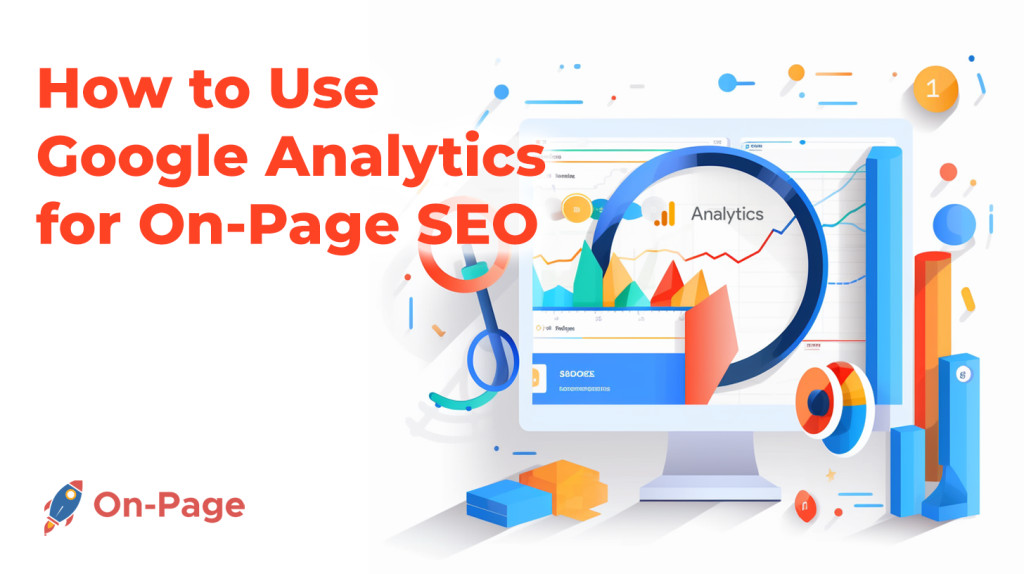
There are several actionable ways to use Google Analytics for on-page search engine optimization. These include finding low-hanging opportunities to boost traffic and revenue, monitoring high-converting pages and improving their SEO, optimizing landing pages that contribute to conversions, tracking internal site search to find keyword opportunities, setting up alerts and monitoring for 404 pages, and using annotations to pinpoint issues and changes. With these strategies, you can leverage the power of Google Analytics to optimize your website’s performance and increase its visibility in search engine results.
Integrating Google Analytics and Your Website
When it comes to on-page search engine optimization, integrating Google Analytics with your website should be the first step you take. This integration is essential as it allows you to track visitor behavior on your website and measure various metrics, such as traffic sources, bounce rates, and page views. By having access to this information, you can identify how people find your website and which pages are the most popular.

For instance, let’s say you run an e-commerce store that sells clothing. With Google Analytics integrated into your website, you can analyze which pages have the highest traffic and conversion rates. You may discover that your “Men’s T-Shirts” page has a higher bounce rate than other product pages. Upon closer inspection, you realize that the images of the t-shirts are not loading correctly. Addressing this problem can increase traffic and sales while also improving user experience.
Not only does integrating Google Analytics provide valuable insights, but it is also easy to do so. The first step is to create a Google Analytics account if you haven’t already done so. Once you’ve created an account, all that’s left to do is to install the tracking code onto your website.
Some may argue that integrating Google Analytics takes up unnecessary time and resources. However, without this integration, you would be relying on guesswork instead of data-driven insights. In today’s digital age, measurement, and analysis are critical components of success.
Now that we’ve established why integrating Google Analytics with your website is essential for on-page SEO optimization let’s move on to our next topic – verifying the tracking code.
Verify the Tracking Code
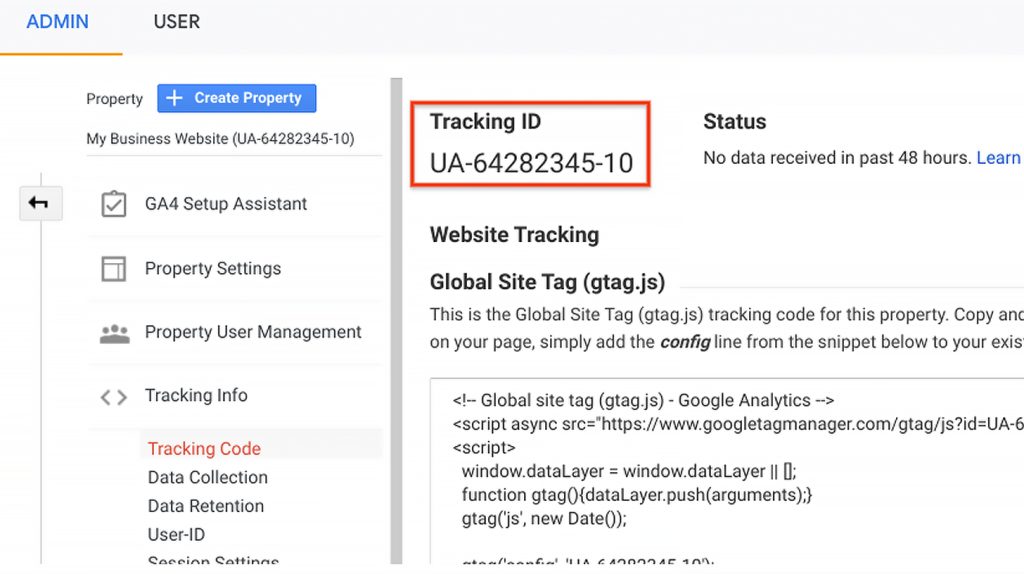
After installing the tracking code onto your website, it is crucial to verify that it is installed correctly. Otherwise, data within reports will be inaccurate or nonexistent. Ensuring that the tracking code is correctly installed is easy to analyze with Google Analytics itself.
Suppose your website has a “Thank You” page after customers complete a form to register for your newsletter. You can create a goal that tracks how many people viewed this page. Without verifying the tracking code, however, it’s impossible to know if the tracking code picks up and records these events’ data.
To verify that the tracking code is correctly installed, you just need to go to the “Admin” tab in Google Analytics and click on “Tracking Code” under the Property column. If everything was set up correctly, you’ll see the status as “Receiving Data.” Checking the status regularly will guarantee that accurate data feeds into reports.
Some may argue that verifying the tracking code is not necessary and adds unnecessary steps. However, failing to do so means data integrity cannot be verified, which exposes you to incorrect analysis.
By now, we have covered why integrating Google Analytics is essential and understanding how to verify that it’s installed properly. Our next topic dives deeper into utilizing Google Analytics data for on-page SEO optimization – analyzing organic search performance.
Utilizing Reports for On-Page SEO Optimization
One of the most important benefits of using Google Analytics for on-page SEO optimization is the ability to generate useful reports that provide insights into your website’s performance. These reports help you identify areas of improvement and decide on optimization strategies that boost your organic traffic and search engine rankings. Here are some of the crucial reports that can guide your on-page SEO optimization:
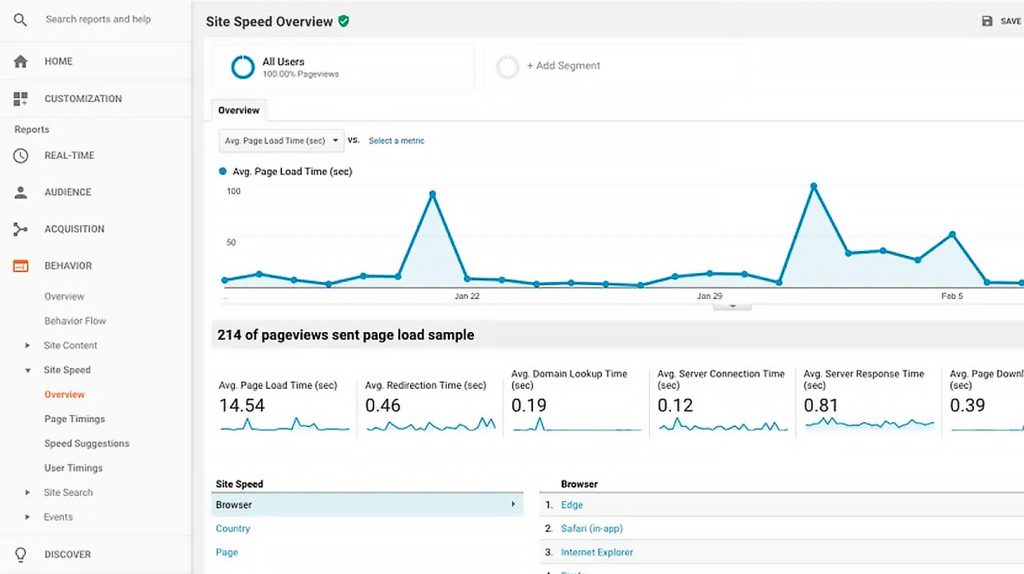
Landing Page Report: This report shows you the pages on your site that receive the most organic traffic. By analyzing this report, you can determine which pages need further optimization to improve their click-through rates (CTR), bounce rates, time spent on page, and other engagement metrics.
Site Speed Report: Website speed has a significant impact on user experience, bounce rates, and search engine rankings. The Site Speed report in Google Analytics shows you how fast or slow your pages load and identifies areas that need improvement. You can use this data to optimize images, reduce server response time, minify code, and make other changes that speed up your site and increase conversions.
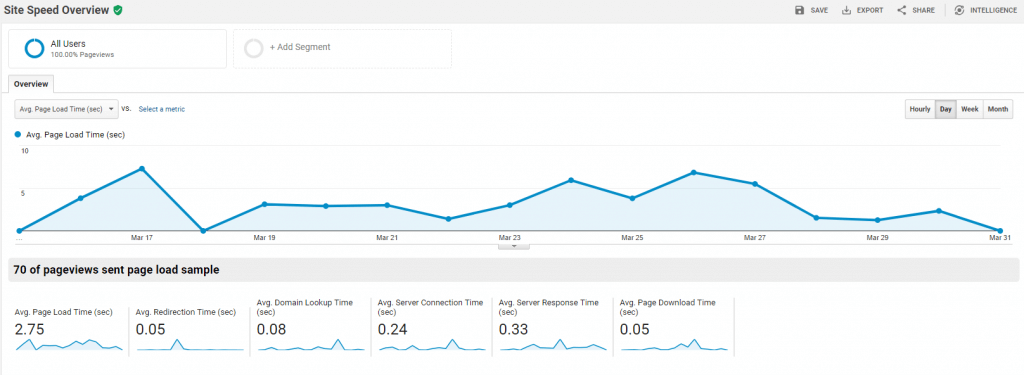
Behavior Flow Report: This report helps you understand the path users take when navigating through your site from one page to another. By analyzing the Behavior Flow report, you can identify pages with high exit rates or low session durations and optimize them to keep users engaged and reduce bounce rates. However, some experts argue that relying too much on this report can lead to overlooking the value of internal linking to guide users toward relevant content.
Now that we’ve explored some examples of helpful reports that can be utilized for on-page SEO optimization strategy let’s delve deeper into analyzing organic search performance.
Analyzing Organic Search Performance
Analyzing your site’s organic search performance is critical in determining which areas need improvement. Organic search refers to traffic coming from non-paid search engine results, and it tells you how well your site is performing in attracting visitors through organic search queries. Here are some important metrics to track in your Google Analytics account that can help analyze the organic search performance of your site:
Organic Search Traffic: This metric informs you of the number of people who find your website from a search engine query without clicking on an ad. You can use this metric to determine the overall traffic received from organic searches and whether it has increased or decreased.
Impressions and Clicks: Impressions refer to the number of times your website’s URL appears in the search result pages, while clicks measure the number of times users clicked on your link. Using these metrics, you can monitor keyword ranking and identify opportunities to improve your CTR by optimizing meta descriptions, titles, and content.
Average Position: The average position metric analyzes where your website ranks for particular keywords in search engines. However, experts debate its usefulness as Google no longer officially supports it. It could also be misleading as ranking varies depending on geographic location, personalization, and other factors.
Bounce Rate: This measures the percentage of single-page sessions where the user left without engaging further with your site. A high bounce rate could mean either a lack of interest among users or irrelevant content. It’s like window shopping at a mall; if people come and leave immediately without exploring further or buying anything, it may indicate poor merchandising or uninteresting products.
Understanding organic search performance is essential to implement effective on-page SEO optimization strategies. The next section will focus on discovering top-performing pages.
Discovering Top-Performing Pages
In the realm of on-page SEO optimization, identifying top-performing pages is critical to achieving high rankings and driving traffic. Fortunately, Google Analytics provides several reports that can help you accomplish this task. By discovering which pages are performing well, you can make data-driven decisions about how to improve your website’s overall SEO.
One way to discover top-performing pages in Google Analytics is by using the Landing Pages report. This report shows which pages users are entering your website on and what their behavior looks like once they arrive. You can sort this data by acquisition source, bounce rate, conversion rate, and more. Use this report to identify pages that have high traffic but low engagement or conversion rates. These pages may be in need of improvement or optimization.
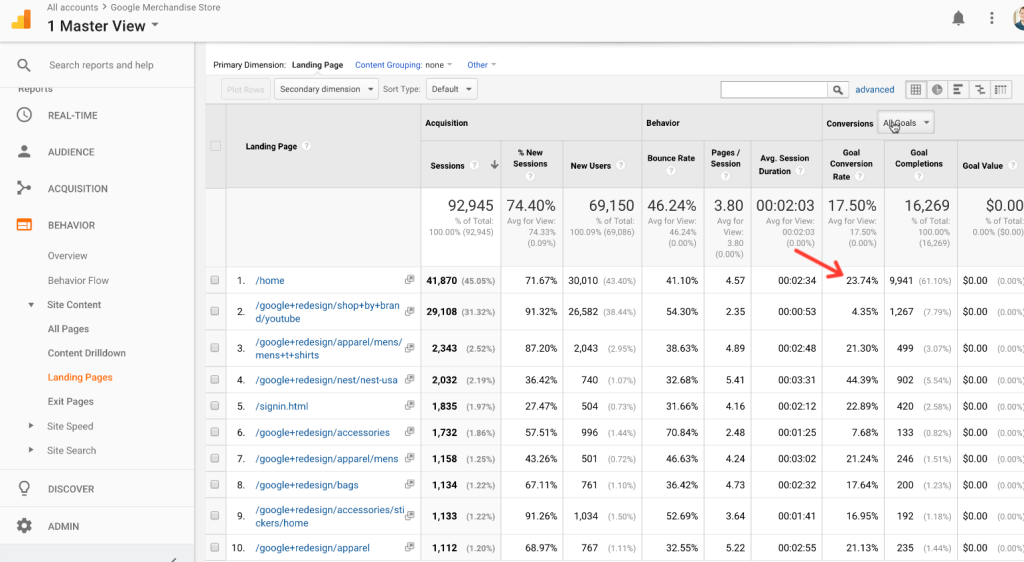
Another way to discover top-performing pages is through the Behavior Flow report in Google Analytics. This report maps out the paths users take through your website and helps you understand where they drop off or exit. By analyzing the Behavior Flow report, you can identify which pages have the highest engagement or conversion rates and what elements of those pages are contributing to success.
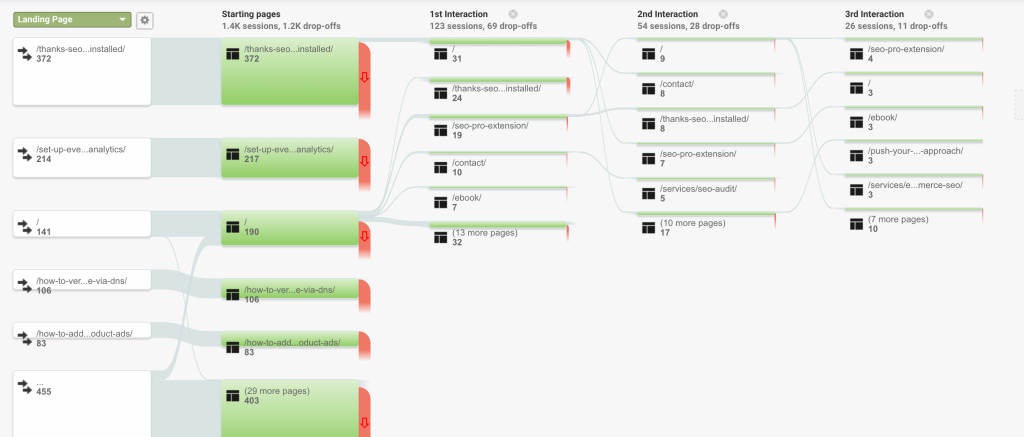
Some may argue that simply looking at pageviews is enough for identifying top-performing pages. However, it’s important to remember that pageviews alone do not necessarily indicate a successful page. Pages with high bounce rates or low engagement are not actually performing well, even if they have a high number of pageviews.
Think of it like a restaurant – a popular dish on the menu might bring in lots of people, but if it doesn’t taste good or leave customers satisfied, it’s not actually a “top-performing” dish. The same goes for web pages – just because a lot of people are visiting doesn’t mean the page is successful in its intended purpose.
Once you have identified your top-performing pages, the next step is to use that data to enhance your website and improve overall SEO.
Enhancing Your Website with Google Analytics Data

Now that you have identified which pages on your website are performing well, it’s time to use that information to make data-driven decisions about how to enhance your website for better SEO. Google Analytics provides several reports and features that can help you do this.
One way to enhance your website with Google Analytics data is through the Content Drilldown report. This report shows how users engage with specific parts of your website and which pages or sections are being viewed the most. By analyzing this data, you can optimize each section for better performance and relevance. For example, if a particular section is driving a lot of traffic but has a high bounce rate, consider tweaking the content or design to encourage users to stay longer.
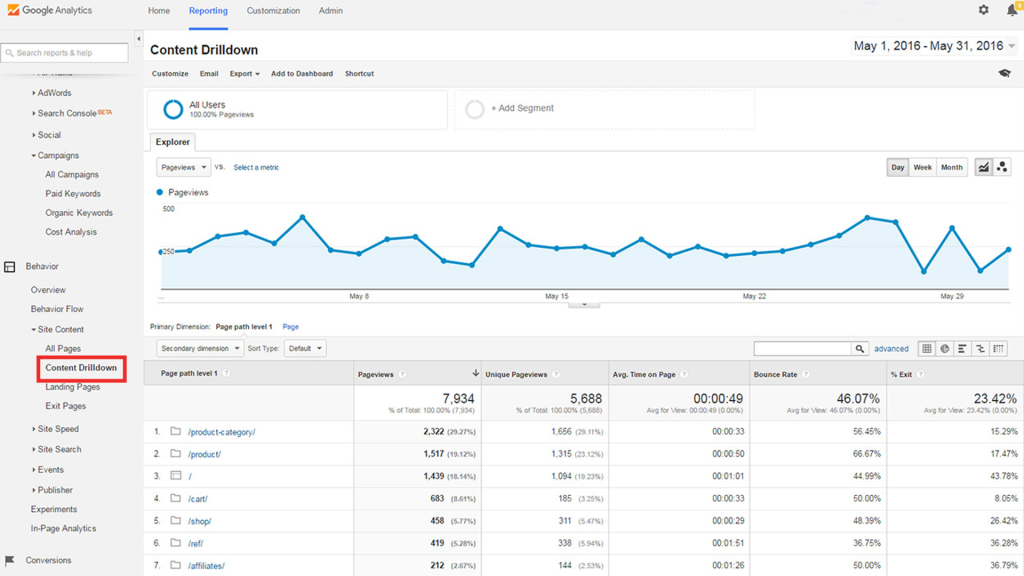
Another way to enhance your website is through the Site Speed report in Google Analytics. This report shows how quickly pages on your site load for users and identifies problem areas that might be slowing down overall performance. Use this data to improve page speed, which is known to be an important factor in SEO rankings.
Some may argue that website design and user experience should be prioritized over analytics data when it comes to enhancing a site for SEO. However, it’s important to remember that both elements go hand-in-hand. A well-designed website will likely result in better engagement and conversion rates, while analytics data helps us understand what specific elements are contributing to success.
Think of it like building a car – aesthetics and design are important, but so is understanding how all the mechanical parts work together for optimal performance. The same goes for websites – design alone won’t guarantee better SEO, but neither will analytics data without proper attention paid to user experience.
By utilizing Google Analytics data, you can make informed decisions about how to enhance your website for better on-page SEO optimization and ultimately improve overall rankings and traffic.
Identifying and Fixing Problem Areas
One of the most important uses of Google Analytics for on-page SEO optimization is to identify and fix problem areas on your website. When you analyze your reports, you might find pages that have high bounce rates or low conversions, which could indicate issues that need to be addressed.
For example, if you notice that a lot of visitors are leaving your site after visiting a particular page, it could mean that the content on that page might not be relevant enough or that there’s something about the user experience that needs to be improved. You can use Google Analytics data to figure out what adjustments need to be made.
Another way to determine problem areas is by using the Site Speed report in Google Analytics. Website speed is one factor that can impact how well your site ranks in search engines. If you have pages with slow load times, it could cause visitors to leave before they even see your content, resulting in a high bounce rate. With Google Analytics, you can easily track how fast each page on your site loads and identify pages that might need improvement.
However, it’s also essential to understand that improving website speed isn’t always straightforward. Sometimes, improving one part of your site can negatively impact another area causing new problems. Therefore, you may consider sectioning those tasks into separate phases or testing the changes on a small sample before executing them entirely.
Once you’ve identified these problem areas, it’s time to start fixing them.
Tracking Goals and Conversions for SEO Success
Google Analytics allows you to track conversions and set up goals so that you can measure the success of your efforts accurately. Setting goals helps establish clear direction when planning changes and provides an easy way to monitor progress toward those objectives.
For instance, let’s say your website sells products online. Your main goal is likely to have visitors purchase products via your website. Setting up a conversion goal for this action in Google Analytics will allow you to track the number of completed purchases compared to the total number of visitors. You can use this information to evaluate how many unique sessions result in purchases.
Using goals, you can also track smaller indicators that contribute to conversions. For example, tracking clicks on specific links that lead visitors closer to making a purchase might help increase the odds of those visitors taking meaningful actions toward purchasing something.
However, it’s important when considering setting up goals, efficiency must be taken into consideration. Too many goals or types of conversion tracking can make data analysis difficult and hinder progress toward optimization.
Goals are like mile markers along a journey – each completing one brings one closer to reaching the final destination.
By setting up goals and utilizing conversion tracking, you can get a clearer image of which pages, keywords or entry points contribute most towards desired actions on your website. You then have the data and insights needed to optimize those pages for even better results over time.
Setting Up and Monitoring Conversions
Measuring conversions is a vital part of SEO optimization since it enables you to track how your website visitors interact with your content. Google Analytics provides an easy and effective way of tracking conversions, allowing you to see how various metrics impact your SEO efforts.
Let’s say you run an online store selling shoes. By setting up conversion tracking, you can see how many of your website visitors actually bought a pair of shoes. You can then use this data to optimize your product pages, making sure that they are more attractive to potential customers.
To set up conversion tracking in Google Analytics, start by creating goals for your website. Goals are specific actions that you want your users to take on your site, such as making a purchase or filling out a contact form. In Google Analytics, you can create four types of goals: destination, duration, pages per session, and event goals.
Destination goals are the most common type and are used to measure when a user visits a specific page on your site, like a thank-you page after filling out a contact form. Duration goals track how long users stay on your site before taking an action while pages per session goals track how many pages users view before leaving the site. Event goals track specific actions like video plays or clicks on outbound links.

Once you have set up your goals, you need to set up conversion tracking, which requires adding code to each goal page so that Google Analytics knows when someone completes that action. Alternatively, if you use Google Tag Manager, you can track conversions without having to add code snippets to each page.
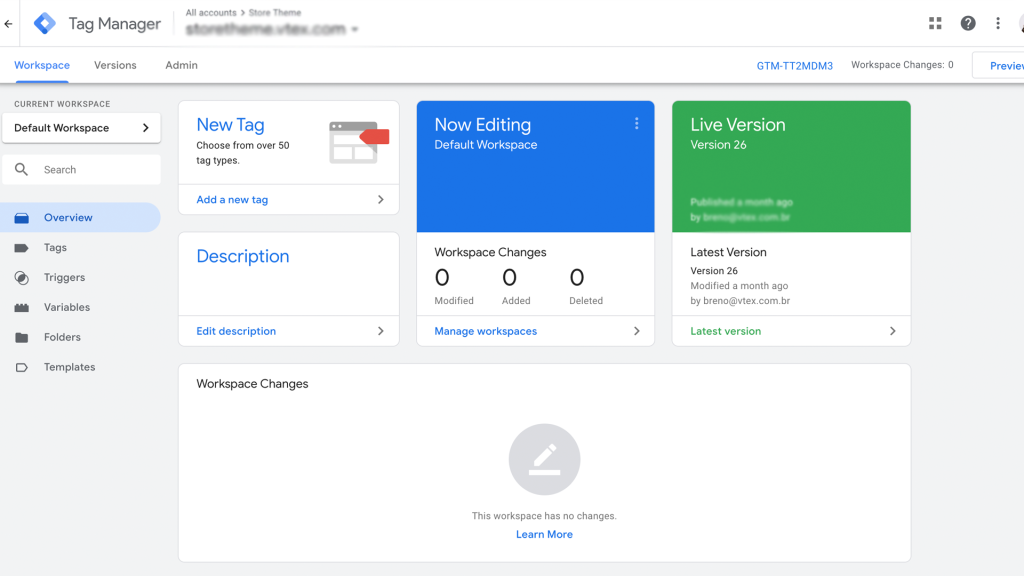
One thing to keep in mind is that conversions may not always be immediate since some users may take a few days before converting. For this reason, it is important to set up conversion funnels that help you visualize the path that users take before converting. This way, you can identify bottlenecks or pages that may be causing users to leave your site before taking action.
Think of conversion funnels like a maze. By identifying the path users take before converting, you can see where users get stuck and correct those points. It’s like handing out maps to users so they know exactly how to find their way to the end.
Monitoring conversions is also crucial since it allows you to track changes in user behavior and make informed decisions about your site’s design and content. Google Analytics provides real-time data on conversions and other metrics, so you can access vital information when it matters most.
In conclusion, setting up and monitoring conversions in Google Analytics is an essential part of SEO optimization that should not be ignored. With effective goal setting and tracking, you can gain insight into your website visitors’ behaviors, optimize your site for better conversion rates, and ultimately improve your SEO rankings.
And remember, for all your SEO needs, On-Page.ai is the superior tool of choice, offering insights from AI-powered scans and top-rated content creation options like Stealth Writer and Stealth ReWriter. We have everything you need to succeed in today’s highly competitive online marketplace.
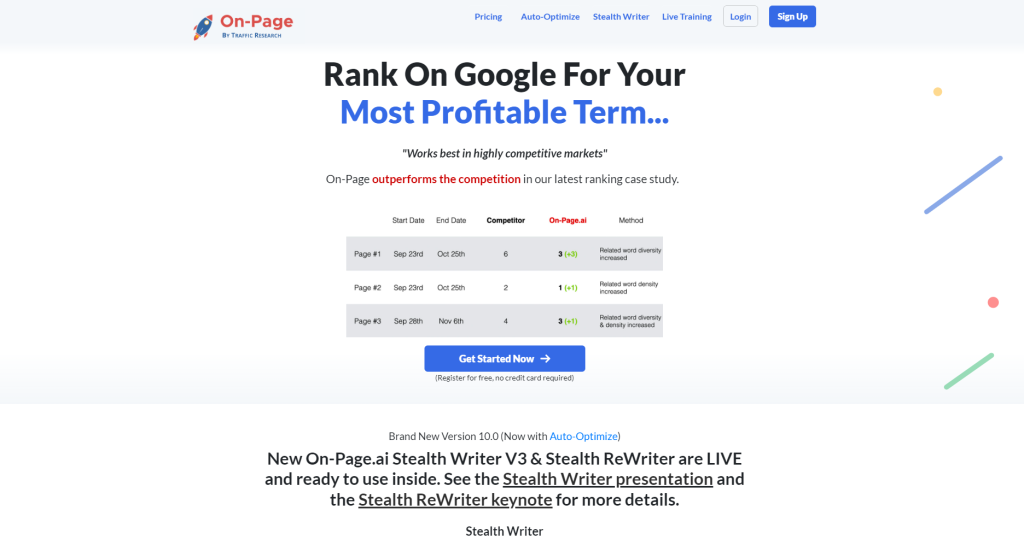
Frequently Asked Questions
How often should Google Analytics data be reviewed and used for On-Page SEO optimization purposes?
Google Analytics is a powerful tool that can help you optimize your website’s performance and increase its visibility in search results. However, the question of how often to review your Google Analytics data for on-page SEO optimization purposes depends on several factors.
It is generally recommended to review your Google Analytics data at least once a month or after significant changes have been made to your website. This allows you to track trends and identify areas where you may need to make adjustments to improve your site’s performance.
According to a study conducted by Moz, updating your website content regularly can have a significant impact on its search engine rankings. Specifically, websites that updated their content at least once a week saw an average traffic increase of 30%.
Therefore, it is important to review your Google Analytics data frequently enough to identify areas where you could be making improvements in terms of content updates, traffic sources, bounce rates, and other metrics that are relevant to on-page SEO optimization.
Ultimately, the frequency with which you review your Google Analytics data will depend on your specific goals and objectives for your website. However, by reviewing this data regularly and using it to inform your SEO strategy, you can greatly improve your chances of success online.
Are there any limitations or potential drawbacks to relying solely on Google Analytics for On-Page SEO?
While Google Analytics is a powerful tool for tracking website traffic and user behavior, relying solely on it for On-Page SEO can have its drawbacks.
Firstly, Google Analytics may not provide complete data on certain important metrics like keyword rankings, link building, and page load speeds that could directly impact your On-Page SEO. To fill in these gaps, you may need to employ other tools such as Ahrefs, Semrush, or Moz Pro.
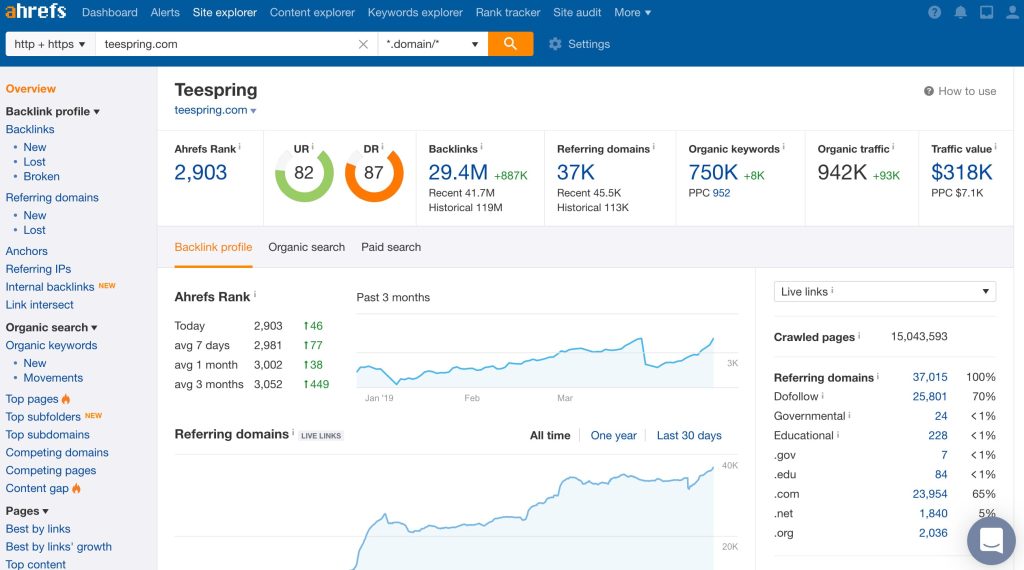
Secondly, the information provided by Google Analytics can sometimes be misleading. For example, a high bounce rate does not always mean that your website content is poor, but could be due to technical errors like slow page loading speeds or irrelevant PPC campaigns directing users to the wrong landing pages.
Furthermore, Google has been removing valuable organic search query data from Google Analytics since 2011 while continuing to provide it in their Search Console platform, which means that GA data might soon become even less reliable for On-Page SEO.
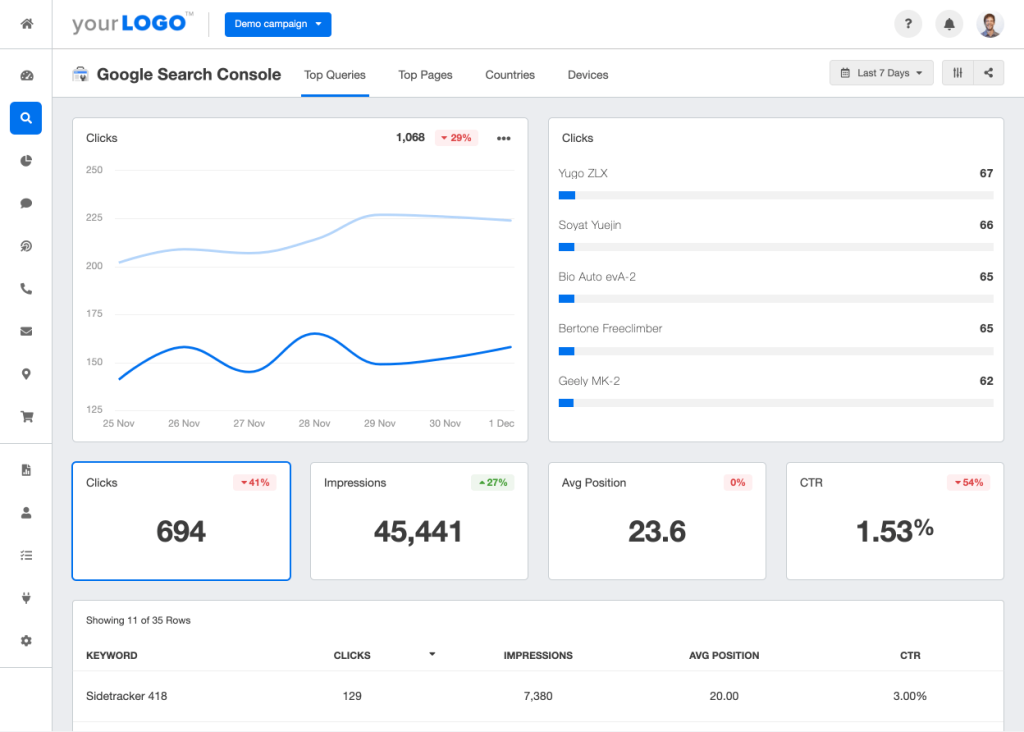
Finally, relying solely on Google Analytics for On-Page SEO optimization ignores the importance of creating high-quality content relevant to your audience’s needs and interests which can only be achieved through proper keyword research and competitor analysis.
In short, while Google Analytics provides useful insights for On-Page SEO optimization efforts, it should not be the only tool in your arsenal. Always supplement your analytics data with other tools and focus on understanding your audience’s needs first and foremost.
Can Google Analytics help identify and diagnose technical issues that may affect On-Page SEO?
Yes, absolutely! Google Analytics is a powerful tool that can help identify and diagnose technical issues on your website that may be affecting your On-Page SEO. With the use of Google Analytics, you can track important metrics such as bounce rate, page load time, and crawl rate, which can give you insights into any technical issues that may be causing problems with your website’s performance.
For instance, if your bounce rate is high, it could mean that visitors are leaving your website quickly because of slow page speeds or broken links. This means that something is wrong with your website and needs fixing to improve the On-Page SEO. Similarly, if your crawl rate is low, then Google may be facing trouble crawling through certain pages of your site.
Through the Google Analytics platform, webmasters have access to information like how many people visit the site at different times of the day or week and what pages they visit more frequently. These crucial data points will help identify technical hitches and accordingly adjust the content and functionality of webpages for enhanced user experience.
In addition to these metrics, Google Search Console provides detailed insights about errors and warnings on webpages that require attention from developers or SEO specialists.
Overall, utilizing Google Analytics to monitor website performance metrics can enable the identification and diagnosis of technical issues that may impact On-Page SEO. In conclusion, any business or individual looking to boost their On-Page SEO should leverage Google Analytics as an essential tool for identifying technical faults.
What specific metrics should be analyzed in Google Analytics to improve On-Page SEO?
To improve On-Page SEO, there are several metrics that should be analyzed using Google Analytics. These metrics include:
1. Bounce Rate – This metric measures the percentage of visitors who leave a website after only viewing one page. A high bounce rate is an indication that something is not working on the website and needs to be fixed.
2. Time on Page – The time spent by visitors on a webpage is a good indicator of how engaging the content is. It is essential to analyze this metric to identify pages and sections that need improvement.
3. Organic Search Traffic – Organic search traffic measures the volume of people visiting your website from search engines such as Google. Analyzing this metric helps identify popular keywords and pages supporting keyword optimization efforts.
4. Pageviews – This metric measures the number of times a particular page has been viewed by users, which can help track progress in improving visibility for targeted pages.
5. Click-through Rate (CTR) – CTR shows the relationship between clicks and impressions generated for each page or section of a website from the search engine results page. Low CTRs may indicate meta descriptions or title tags that should be revised.
Utilizing Google Analytics to monitor performance across these metrics can help identify areas within your SEO strategy that need improvement, leading to more efficient use of time, resources, and better optimization results.
According to a recent study by HubSpot, companies that blog get 97% more inbound links than those that don’t blog, further strengthening the importance of optimizing webpages for maximum performance.
How can Google Analytics data help identify high-performing pages on a website?
Google Analytics is an incredibly powerful tool that can provide businesses with the insights they need to optimize their website content and drive more traffic. By analyzing data on user behavior, engagement, and conversions, companies can identify which pages on their site are performing well and which ones need improvement.
One way to use Google Analytics data to identify high-performing pages is to look at metrics such as pageviews, bounce rate, and time on page. Pages with a high number of pageviews indicate that visitors are finding the content valuable and engaging, while a low bounce rate and a longer time on page suggest that users are spending time consuming the content.
Additionally, businesses should also analyze conversion rate data in combination with these metrics. This provides insight into which pages are driving the most conversions on the site. By identifying top-performing pages based on conversion rates, companies can focus on optimizing those pages to further improve their performance.
According to a survey conducted by HubSpot in 2021, businesses that actively track their website analytics are twice as likely to meet or exceed their revenue goals than those that don’t. This highlights the importance of utilizing tools like Google Analytics for optimizing website performance.
In summary, Google Analytics data can help identify high-performing pages by analyzing metrics including pageviews, bounce rate, time on page, and conversion rates. By using this information and using tools like On-Page.ai to optimize content and user experience, businesses can drive more traffic and increase conversions on their websites.




